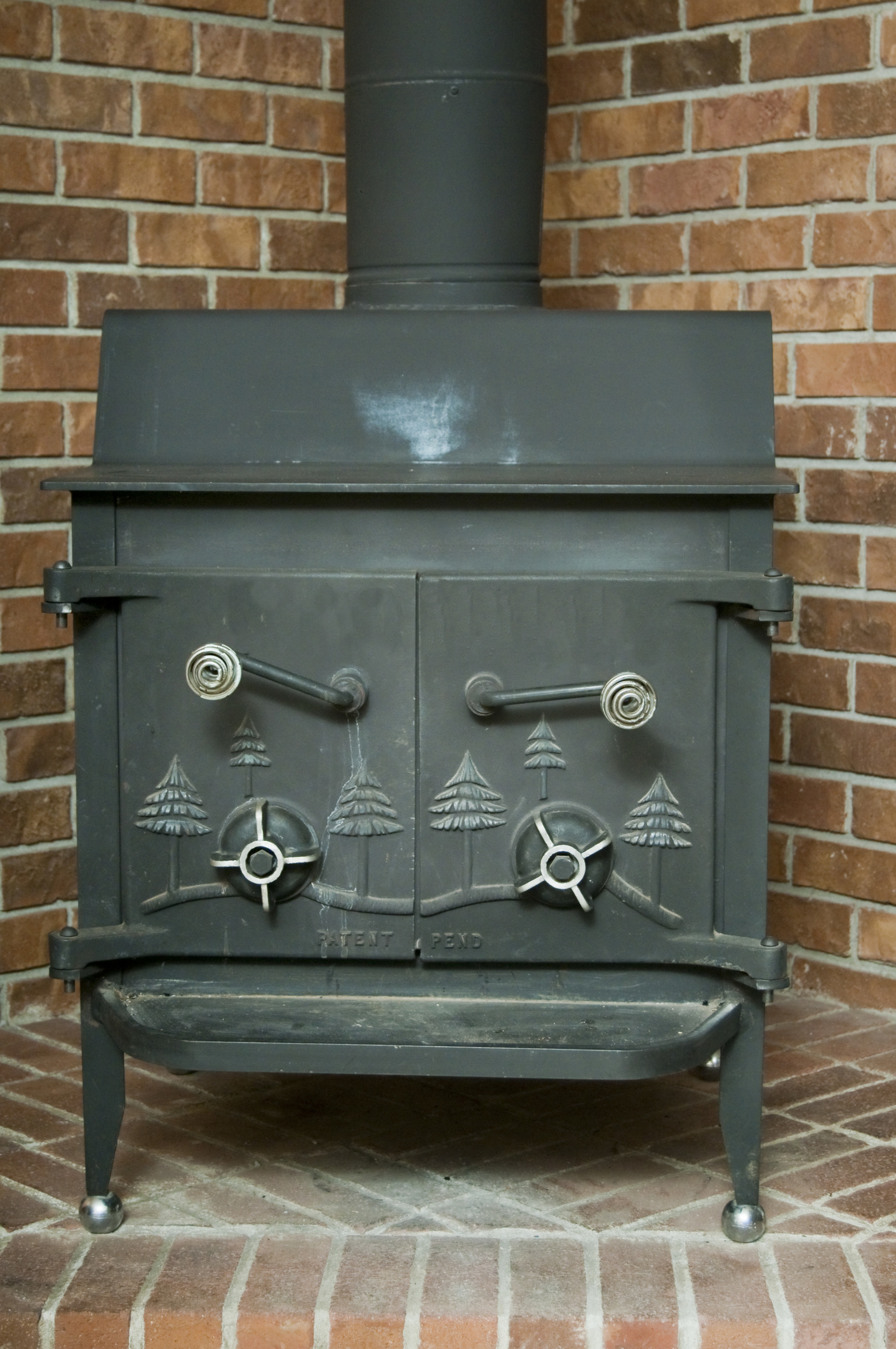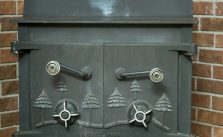 A wood burning stove supplements a home’s heating system during those chilly winter months. Proper maintenance is crucial to a top-performing, long lasting stove.
A wood burning stove supplements a home’s heating system during those chilly winter months. Proper maintenance is crucial to a top-performing, long lasting stove.
Without it, the stove will not function as intended. A poorly functioning wood stove can lead to smoke damage or cause a fire.
Below are 5 tips for maintaining wood burning stoves.
1. Sweep the Chimney
A blocked chimney creates a risk for carbon monoxide poison or fire so a qualified chimney sweep should be called in once a year. The best time to sweep the chimney is before the weather starts getting colder. In very cold climates, where the stove gets heavy use, more frequent cleanings are recommended.
Be sure your chimney sweep is approved. In the US, the Chimney Safety Institute of America certifies chimney sweeps. The National Association of Chimney Sweeps (NACS) is a UK certification body.
2. Arrange an Annual Stove Inspection
When calling in a chimney sweep for annual cleaning, it’s also a great idea to have a complete stove inspection done. The chimney sweep will check for cracks, warps and leaks. In addition, they’ll check for corrosion in the stove pipe.
Any issues found should be fixed immediately to make certain the stove and chimney are in perfect working order.
3. Keep the Glass Clean
Nothing makes a wood stove look better than clean glass, inside and out. This is especially important for a double side wood burner. Leaving the glass uncleaned makes tar deposits thicker and harder to remove.
Luckily, there’s something inside the stove that helps with cleaning the glass.
Ash.
A word of warning – never, ever clean a hot wood stove. Let it cool completely before cleaning. Put a moist rag or newspaper into the white ash inside the cool stove.
Rub the damp ash on the glass insert of the stove. This works because of the calcium carbonate in the ash. Calcium carbonate is a liming agent with a high pH. This, along with its abrasiveness, cleans the glass easily.
Wipe the glass clean with the same moist towel then grab a clean, soft towel and polish.
4. Keep the Air Intake Vents Clear
A great way to make sure the stove operates efficiently is to keep the air intake vents clear of excess ashes. This lowers the amount of oxygen needed for an efficient fire. Note the amount of smoke coming from the chimney. Less smoke means a cleaner burn.
5. Burn the Right Type of Wood
While some wood burning stoves use coal or wood, the vast majority are wood only. Not just any type of wood can be used either.
Avoid burning trash, driftwood, treated wood, plywood, MDF, chipboard or artificial logs. Also, avoid unseasoned wood because of the high amount of water it contains. Burning unseasoned wood can create problems with smoke, odor, and creosote build-up.
Seasoned wood that’s been drying outside for several months is recommended for wood stoves. Seasoned wood is identified by its darker color, cracked ends and hollow sound. Softwoods like spruce and pine are good but hardwoods like maple and oak burn longer and smoke less.
Time to Fire up Your Wood Burning Stove
When it’s cold outside, there’s nothing better than coming inside to a toasty warm home heated by a wood stove.
These maintenance tips, along with advances in wood stove technology, will keep your wood burning stove in perfect working order. This means more time spent enjoying the warmth and less time fixing problems.
Stoke the fire, grab a drink and curl up in your favorite easy chair.
